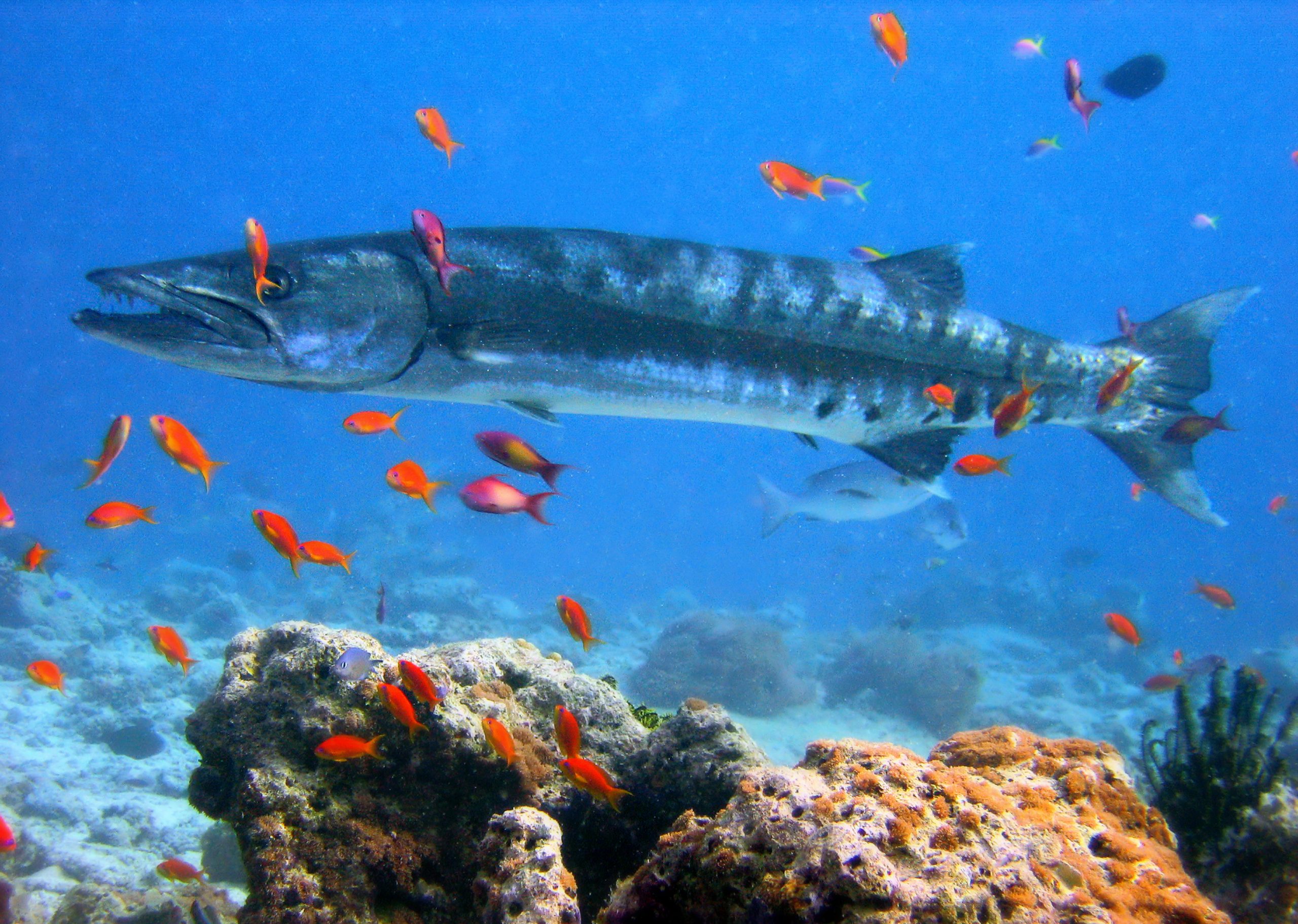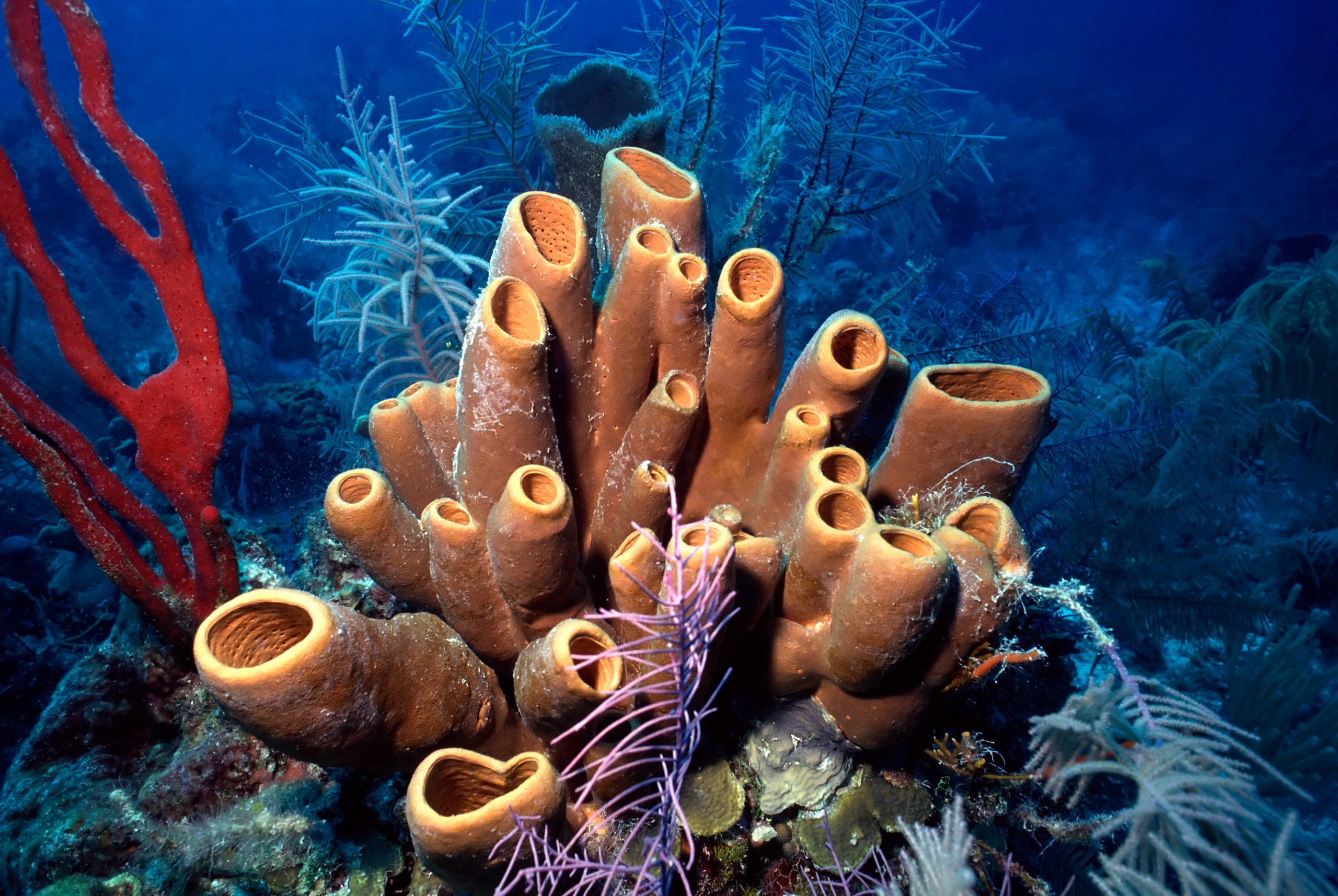The warmth of the Cuban people is matched by their warm, pristine waters that surround this archipelago country. The Cuban archipelago is situated in the northern Caribbean where the Caribbean Sea, Gulf of Mexico, and the Atlantic Ocean meet with a whopping 5,700km of coastline. The reefs are little explored and undisturbed giving a unique experience as sea life in particular grouper and sharks have never learned to fear humans. Their natural curiosity creates unbelievably close encounters – small group holidays cuba.
Cuba is home to the second-largest reef in the world that features long drop-offs, what locals call “the Grand Canyon”. But there is so much more! With sunken wrecks, vertical walls, colorful reefs, and tiny cays providing endless opportunities for exploration. The country’s diving is providing world-class shark diving, a rich variety of marine life making it a truly eventful and unforgettable experience.

When you are diving in Cuba you can expect to encounter 50 species of coral and 200 species of sponge. These in turn play host to a plethora of interesting marine life such as jewfish, stingrays, green morays, turtles, and Atlantic spadefish. As mentioned before, Cuba is known as a great shark destination, and the good visibility makes it easy to spot several species of reef shark patrolling the edges of the reef. Sightings of large Caribbean reef sharks and silky sharks are pretty much guaranteed, and you might see hammerhead, nurse, lemon, and blacktip sharks too, depending on the time of year – cuba underwater photography.
The water temperature averages around 24°C throughout the year, tending to be warmer on the south coast, with visibility of 30-40m – these are dreamy dives indeed. This is where our focus is on our Simply Cuba Scuba Underwater Photography Tour.

It is possible to dive all year round, however, due to a large number of cyclones in October and November, we stay away from diving at these times. Sea temperature and visibility are never a problem. For the calmest wars, the best time to visit is between December and April.
The waters of Cuba, unlike many other Caribbean islands, have been spared the fate that commercial fishing has wrought on these shores. This is due to strong environmental protection laws in Cuban territory which ensure that divers are guaranteed a marine spectacular on their visit, with some places that we visit, such as the Bay of Pigs, containing no less than 17 species of coral. Another is Playa Ancon. Here over 40 coral species from the huge reef, bursting with color and attracting hundreds of reef fish beckoning your discovery.

To scuba dive in Cuba, you need to have a basic open water diver certificate. We ask that you have this and also experience diving to ensure everyone has an amazing experience on our trips. But if you are arranging your own diving trip, it is possible to get certification whilst you are on holiday.
In theory, you do not need to bring your own gear, we use internationally accredited diving centres to ensure that safety is met and the best gear is provided. However we cannot guarantee the exact fit you may require, it may not be feasible to bring your whole diving gear with you, but at least bring your mask with you due to the uniqueness of the fit.
And whilst the underwater world is magnificent, Cuba also offers unique culture, art and beauty. The scenery above the water will leave you just as breathless. Have we managed to convince you to add diving Cuba on your bucket list? If so join us on our Simply Cuba Scuba Tour!


